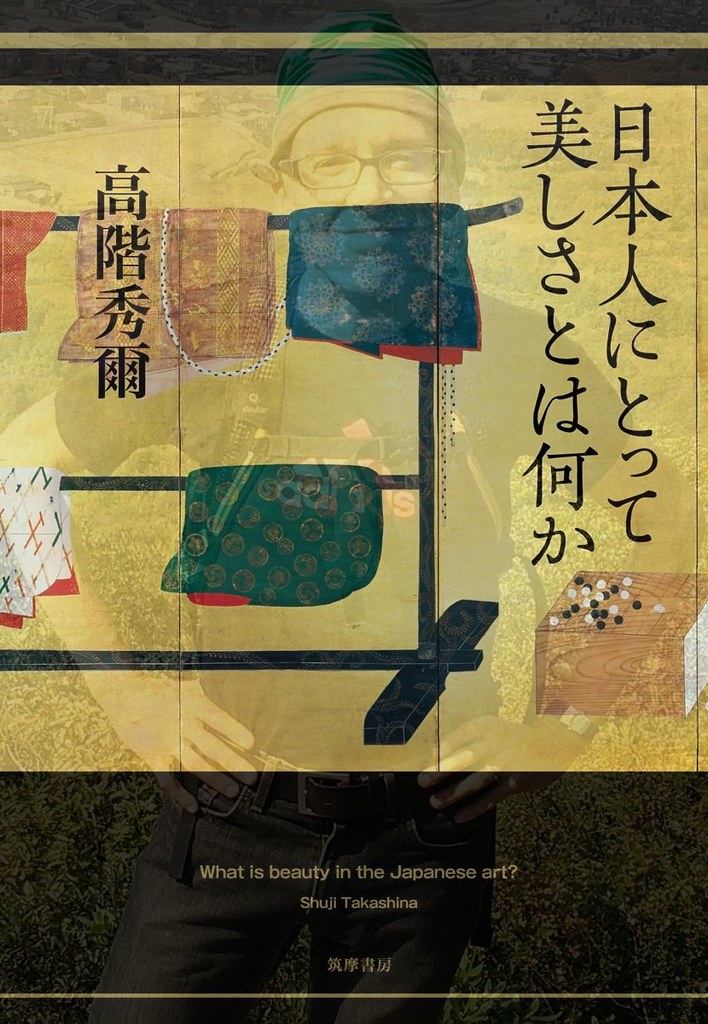Thursday, November 19, 2015
Japanese Politeness and Nonsense Forms

One of the main reasons why Japanese can't speak English is because they are too kind and polite to ask difficult or unanswerable questions of their conversation partners. It is not so much they fear grammatical mistakes (which my students keep making) but putting their partner on the spot by asking them something that their partner can not, because it is impossible, to answer. This forces them to check out the question that they are about to ask in Japanese first, and verify that it can be answered. This in turn puts them back into the reverse, Japanese mode of thought (precisely the reverse of English) slows their English production to a snail's pace, and prevents them from increasing their fluency. In order to encourage them to fire questions, from the hip, like a river of sludge, and throw themselves away as all the best martial arts encourage one to do I have also to persuade them that their partner will be just fine.
To that end, I am having success with these nonsense questions to which students are instructed to answer in the negative.

I introduce these exercises as being as the equivalent of practising parrying or blocking in Karate. If someone asks you a question that does not make any sense, just answer in the negative. Once students know that they can do this, and their partner can do this, and "block" senseless questions, then they feel more able to ask questions freely and fluently, senseless or not, without censoring themselves, and checking out all their English production in Japanese first.
Image: Noh Masks by Rosewoman.
Multi-Coloured Japanese Groups

Why is that Japanese groups are so varied? At the earliest level groups are made of members made of different foodstuffs, and then soon in super-sentai (power ranger) and PreCure groups contain members coded with different primary colours. In Manga there are usually groups formed of people with disparate sizes, characters, and even colours of their hair. Yowamushi Pedal, the manga about cycling, contains a red head, a blond and a guy with green hair. Slam Dunk, like most super sentai groups, chose to focus upon a red hero. Japanese boy bands are formed by their managers with members with disparate appearances and characters. There is usually an especially handsome one, a sporty member, a macho member, and a mixture of other types such as withdrawn, effete, and jokey (this characteristic may be shared by famous Western boy bands too).
And even within real Japanese social groups, there is a lot more diversity with Japanese not considering their friends more similar than their enemies, nor their enemies more alien than their friends (Heine, Foster, & Spina, 2009).
Yuki (2003) explains the cultural difference primarily using the concept of social identity (Tajfel, 1982). Western groups are formed and cohere by virtue of their effect upon the self esteem of their members. The more similar the group is, the more the members will bolster each other's ego by noting and praising this similarity, and slagging off (the psychological jargon is downwards comparison) other groups. "We Brits are rational, level headed, gentlemen. Those XYZ are temperamental, hot-headed, rogues." The enjoyment of pride as motivation for group membership and cohesion, Yuki argues, assimilates and unifies Western groups towards central group ideals. Japanese groups are not, we are told, formed for this "Good-Us Bad-Them" ego-massage-purpose so they are not so uniform.
Yuki also seems to suggest that there is a further opposite tendency to be disparate due to the way in which Japanese group members depend upon each other, in which mutual help network, group membership diversity leads to greater synergy and mutual assistance benefits.
I was convinced by Yuki's explanation. However, this year, a final year student (Egawa, 2015) has demonstrated a strong positive correlation between similarity and perceived helpableness. Whatever the economic truth of the situation, as Plato argued in his Symposium, we, or at least Japanese students, feel we can help someone who shares our goals and ambitions more than someone disparate: even our other half.
So why then are Japanese groups so diverse to the point of being multi-coloured? I suggest that it is for the same reason that Western groups are similar -- ego massage -- except as always, the difference is in the modality, and the way that modality is enhanced. If groups are, like Western egos, narrated then they are enhanced by the value and superiority of their central attributes compared to those of other groups. But if groups are something that are seen and imagined then outgroups are absent, and groups simply look better if they contain a certain amount of diversity, since diversity makes the members conspicuous, stand out, or in Japanese, "hikitatsu." Colours are nowhere more beautiful than alongside other colours, such as in a rainbow.
Heine, S. J., Foster, J.-A. B., & Spina, R. (2009). Do birds of a feather universally flock together? Cultural variation in the similarity-attraction effect. Asian Journal of Social Psychology, 12(4), 247–258. Retrieved from onlinelibrary.wiley.com/doi/10.1111/j.1467-839X.2009.0128...
Tajfel, H. (1982). Social Identity and Intergroup Relations. Cambridge University Press.
Monday, November 02, 2015
What is Beauty to the Japanese

While I was engaging in narcissism, a real scholar was writing the theory that I never will: that beauty to the Japanese is quinessentially in the image, whereas Westerners need to talk about it. Yess! My lame excuse is that when I attempt to write about this topic it is like I am writing myself out. Maybe now that I am not quite invisible I will do better. I live in hope and have professor Takashina's book on order. It is a best seller already. The prime minister should read it, since he clearly does not know how beautiful Japan already is. http://flic.kr/p/AABj3t
Labels: blogger, Flickr, image, japaneseculture, lacan, nacalianism, nihonbunka, 日本文化
This blog represents the opinions of the author, Timothy Takemoto, and not the opinions of his employer.
